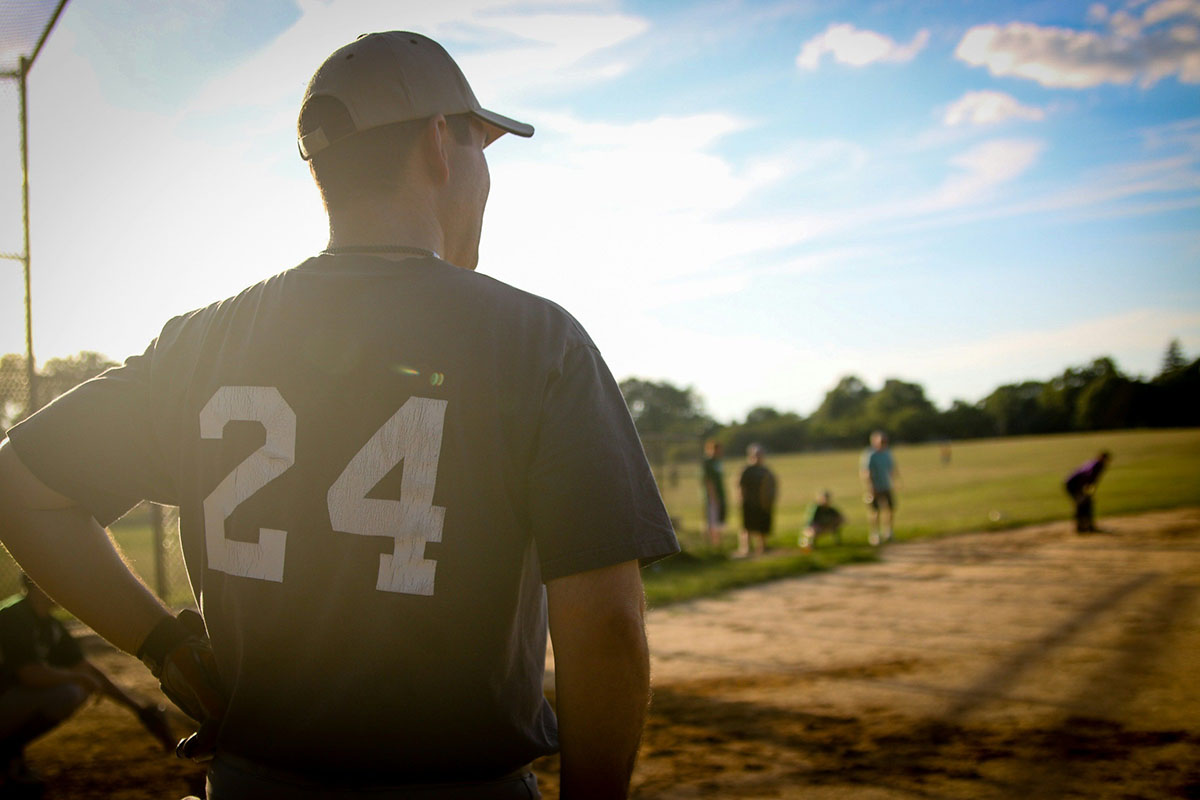When we think of sports leadership, we typically think of game strategy and motivational speeches—at…

The Mental Block in Post-Injury Comebacks
Insights from leaders in sport psychology
For athletes of all levels, suffering an injury can be some of the most challenging moments they face in their career. Physically treating the injury is only a part of the recovery. Some sports lend themselves to more benign injuries—broken bones and pulled muscles— with very clear trajectories for recovery. Other sports often involving speed or technical environments (think diving, gymnastics, racecar driving, skiing, pole vaulting, equestrian) can render injuries that can be quite medically complicated and psychologically devastating.
How well an athlete is able to mentally overcome the traumatic aspect of the injury determines if and how soon an athlete returns to his sport.
Recently, a seasoned colleague reached out to me, along with many other experts in the field, with his dilemma: “One of the most difficult performance issues I’ve faced is working with vaulters who’ve had a bad experience and who don’t bounce back—the “run through” becomes habitual and they’re not able to process the “traumatic” event in a way that doesn’t interfere with moving forward.” He asked for suggestions that others might have to help this pole vaulter back to his former level of jumping.
“Pole vaulters most often end a competition with a negative reinforcement of not clearing a bar—this event requires an individual with strong self-confidence and ability to refocus and motivate themselves,” says Ross Flowers, a sport psychologist in Chula Vista, CA.
Most clinically trained sport psychologists borrow from their trauma work skill set to help the athlete process the traumatic event and return to former levels of play. For example, Dr. Cody Commander, Director of Psychological Resources for student-athletes at the University of Oklahoma Athletics Department, shared his rescripting and reprocessing technique (IRRT):
“You have the client close their eyes and tell the traumatic event in first person and take notice of the pentacle moment. Then you tell them they are going to tell the event again and we are going to change the ending. They start telling it again in the first person and you stop them right before the trauma happens. Then you tell them to imagine their current self, coming to rescue them, imagining all that they would say and do. After the current self has saved the old self, the imagery is complete and you process the experience.”
No two athletes are the same and often require different approaches when previously effective treatments haven’t worked in getting them back. In this instance, Dr. Scott Goldman, Clinical and High Performance Psychologist, University of Michigan, offered interventions based on Rational Emotive Behavior Therapy—specifically, identifying secondary emotional problems—and how this approach may work for athletes stuck in their comeback process.
For example, if an athlete is feeling anxious or scared about his injury, how does he feel about being anxious or scared? Is he embarrassed? Has he lost confidence? If so, how do you approach treatment? This questioning can be an effective starting point especially if secondary emotions are interfering with treatment of the client’s stated primary concern.
One of the common approaches to treating secondary emotional problems is getting as many specifics around the traumatic event as possible. What emotions was the athlete feeling right before the incident? Had these emotions ever been felt before? What activities did he take part in leading up to the incident? What did he eat the day of? How did he sleep the night before? Questions like these can help determine which factors may have directly or indirectly affected an athlete’s performance moments before the injury.
Lastly, the time frame for recovering from these kinds of injuries are often largely out of sync with the pressure athletes feel from coaches and teammates to “get back.” The additional pressure to perform while still internally anxious can produce a pressure chamber that reinforces the athlete’s notion that they might never overcome their injury. I often find it helpful to normalize the experience for the athlete and work on ways to communicate with coaches about a realistic time frame for recovery. Once the athlete understands that the process will take longer than they hoped, that internal pressure can be relieved and the process of coming back resumes.
Some of the insight provided by my colleagues gives us a glimpse into the unique comeback process after a traumatic sport injury, especially when secondary emotional problems may be leading to a decrease in confidence. Have anything to add to this story? Please reply with your comments and let’s continue the discussion.
Dr. Sharon Chirban, Clinical Sport Psychologist
Founder of Amplifying Performance Consulting, LLC


